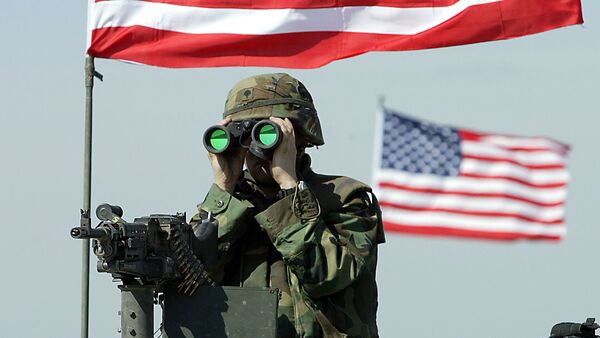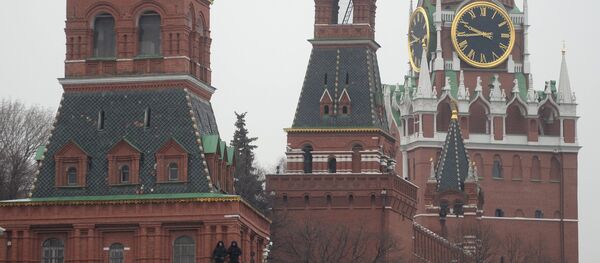The authors of the handbook, published by the website publicintelligence.com earlier in September, said that it will be mainly centered on the so-called "Russian threat."
The 68-page publication contains photographs and data on Russian equipment that could be used to conduct an asymmetric warfare and that could be involved in "Russian operations in Ukraine and Crimea," according to the National Interest's Michael Peck.
The Russian newspaper Izvestia, in turn, reported that "the handbook in fact repeats all the common clichés of American propaganda, specifically focusing on the 'hybrid war' that the Russian army is allegedly waging."
Peck, for his part, said that the handbook concludes that the Russian strategy is based on achieving regime change by uniting with local forces rather than on Russian troops achieving a conventional military victory.
He quoted the handbook's authors as claiming that Russia allegedly used "the US approach, covering the battlefield with manned and unmanned sensor systems to detect enemy forces, which can then be destroyed by airpower and artillery."
The Handbook examines Russian NGW tactics and how theU.S. military can counter them.#AsymmetricWarfare @publicintel https://t.co/cnTqnFVJPP
— Nurlan Aliyev (@anurlan) 24 сентября 2017 г.
The authors also mentioned several "weaknesses" of the Russian Armed Forces which the US military could benefit from, according to Peck.
These ostensibly include lack of motivation among conscripted servicemen, weak logistics and the allegation that "air and artillery support tends to be rigid and reliant on volume rather than precision."
(U//FOUO) Asymmetric Warfare Group Russian New Generation Warfare Handbook https://t.co/1UeqH6XQts #cybersecurity pic.twitter.com/B9D2fqwkNX
— The Lazy Consultant (@LazyConsultant) 18 сентября 2017 г.
In addition, the authors urged US forces to drill countering Russian electronic warfare systems, which they said "jam GPS and radios."
A military conflict erupted in eastern Ukraine's Donbass region after Kiev launched a special operation in the region, following local residents' refusal to recognize the new coup-installed government.
In February 2015, the warring parties to the conflict signed the Minsk peace agreements, brokered by the Normandy Four states (Russia, France, Germany and Ukraine), in order to reach a ceasefire.
The truce, however, has been repeatedly breached, with Kiev forces and Donbas militia accusing each other of violating it.
The US and Kiev have repeatedly blamed Russia for being involved in the Ukraine conflict, with Moscow rejecting the allegations.






